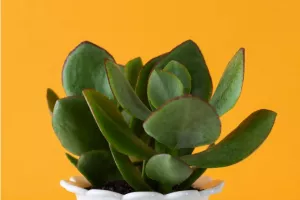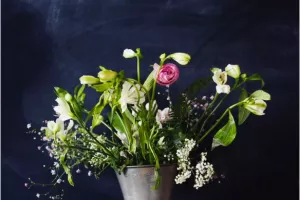The daffodil is the national flower of Wales and the county flower of Gloucestershire in southwest England. Daffodil flowers are large, pale yellow, with a gentle and harmonious color, and a pleasant fragrance. In Europe and the United States, cut flowers are often cultivated, and flower beds and flower borders are arranged. It is very suitable to give it to a lover or a lover, or to someone you respect in your heart.
Native to western Europe, it is distributed in Spain, Portugal, Germany, England and Wales. It has spread to the Balkans, Australia, etc. Artificially cultivated varieties are distributed in many places in South America and Asia. Come see what varieties they have.
1. Two-color daffodils
Has the same height and habit as the English daffodils, but the flowers are small, erect and not flared. Originally grown in gardens in England, but it is a southern European mountain species.
2. Leon Daffodils
A late blooming species, she symbolizes vibrant and free-opening flowers that are much larger than many other daffodils that bloom at the same time. Grown in Portugal and Morocco.
3. Anubis Daffodils:
The flowers are large, each tall, drooping cream-colored flowers, native to southern France or northern Spain.
There are many varieties of daffodils. If you are interested in it, you can check some information to understand.
It grows in the wild at an altitude of at least 1500 meters above sea level, in forests, grass and rocky ground. It is grown in many gardens in Europe, and many varieties and hybrids are also grown in parks and gardens in most temperate regions.
The main value of daffodils is the ornamental value of flowers, and the beauty of flowers is deeply loved by people all over the world. It is an extremely ornamental plant that can be grown in yards, parks, gardens, or as a hedge. In Europe, America, Japan and other places, daffodils have shifted from environmental arrangement and cut flower appreciation to potted viewing. Both cultivars and cultivation techniques are developing in the direction of potted plants.
Plant it now!


